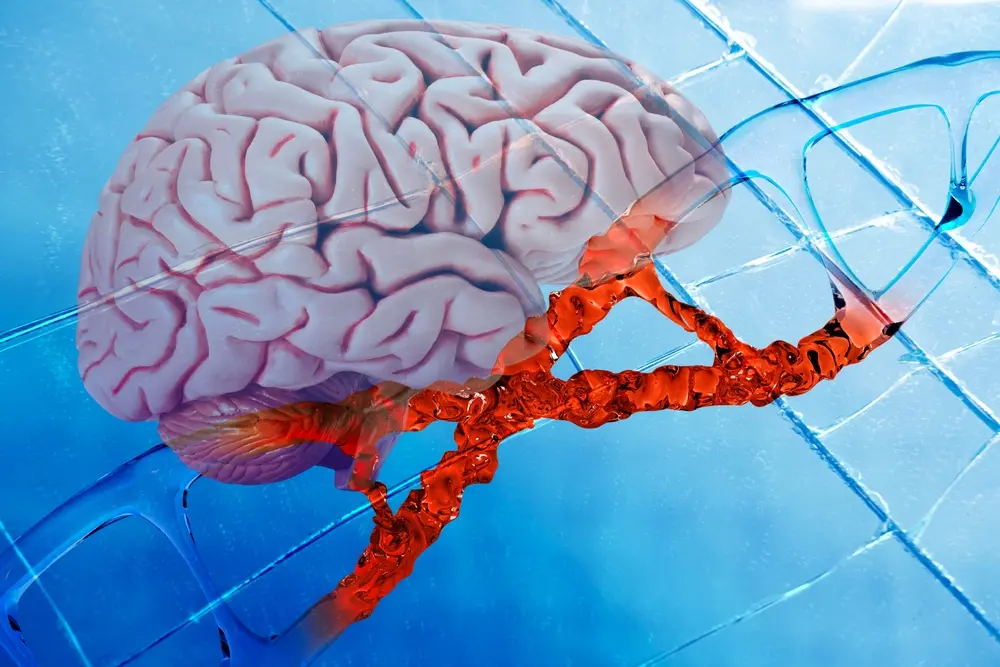
Tuberous Sclerosis complex (TSC) is a rare genetic disorder that causes benign tumors to grow in various parts of the body. These tumors are benign or noncancerous, but they can still cause significant complications depending on where they form. For example, tumors in the brain can lead to seizures or developmental delays, while those in the kidneys, lungs, or heart can impair normal function.
TSC is often first found during infancy or childhood. But in some cases, it can have such mild symptoms that it isn’t diagnosed until adulthood or is never diagnosed at all. People with less severe cases may have only a few effects and a normal lifespan.
Currently, there’s no cure for TSC, and there’s no way to predict the course of the disorder and how bad it will get. However, treatments are available to manage the symptoms. Researchers are also working hard to develop new therapies that could revolutionize how the condition is treated. While current treatments focus on managing symptoms, researchers are exploring options that target the underlying causes of the disorder.
TSC is an uncommon disorder that affects less than 50,000 people in the US. It causes clusters of cells to grow and become tumors that form in different parts of the body, including the brain, heart, eyes, kidneys, lungs, skin, and other organs. These tumors are typically benign, meaning they are noncancerous. However, depending on their size and location, they can still lead to significant health issues.

Mild TSC might not cause complications. But when the tumor is big, or when it grows on organs like the lungs, kidneys or brain, it can lead to complications like:
TSC is a genetic condition caused by mutations in TSC1 and TSC2 genes. These genes play an essential role in controlling cell growth and division. Your body has built-in mechanisms, including tumor-suppressing proteins, that ensure cells grow at a normal rate and maintain a healthy size.
When mutations in the TSC1 or TSC2 genes disrupt this regulation, cells may grow too quickly or become larger than they should be. Without the right balance, an excess of these oversized cells can crowd out normal tissue. This uncontrolled growth leads to the formation of benign tumors in various organs.
Tuberous sclerosis can either result from a random cell division error or a gene change passed down in the family. Experts say that about two-thirds of people with TSC have a new change in either the TSC1 or TSC2 gene, and one-third get a gene change from their family members, specifically parents. If you have TSC, you are 50% likely to pass the changed gene to your biological children. Genetic testing can give valuable information to help assess the risk of passing TSC to future generations and guide family planning decisions.
Tuberous Sclerosis Complex is a lifelong condition without a cure, but several effective treatments help manage symptoms and improve quality of life. In the past, medications like Vigabatrin have been a go-to choice for managing TSC-related infantile spasms and focal seizures in young children. Many doctors prescribe Vigabatrin because it has shown effectiveness in controlling seizures, especially when started early.
Another option is the ketogenic diet, which is high in fats and low in carbohydrates. This diet has helped reduce seizure frequency in over 90% of patients after six months. However, it's worth noting that more recent studies have shown a decrease in effectiveness over longer follow-ups.
Recently, there’s been a shift in focus from simply alleviating symptoms to tackling the root causes of TSC. The discovery of mTOR inhibitors, such as everolimus, marks a significant advancement in TSC treatment. Initially approved for tumor reduction, clinical trials have shown that everolimus can reduce seizure frequency and improve overall health in TSC patients.
Clinical trials have shown that this medication can shrink tumors like subependymal giant cell astrocytomas (SEGAs) in the brain and angiomyolipomas (AMLs) in the kidneys, which are common in people with TSC. One study found that about one-third of participants experienced a notable reduction in tumor size within six months of starting everolimus, with many reporting fewer and less intense seizures.

Another innovative approach is vagal nerve stimulation (VNS), which uses electrical pulses to modulate brain activity and decrease seizure frequency. While VNS may not be suitable for everyone, it offers an alternative for those who don’t respond well to traditional medications.
Cannabidiol (CBD) has also gained attention as a treatment option for managing seizures associated with TSC. The FDA and EMA approved the use of CBD as a potential adjunctive treatment for patients aged two years and older. Its long-term efficacy was evaluated in the open-label extension (OLE) of the randomized, placebo-controlled phase 3 trial GWPCARE6. During the first 12 weeks of the OLE, participants saw an average monthly seizure frequency decrease of 54% compared to the baseline from the randomized phase. This positive effect persisted for up to 48 weeks, with reductions ranging from 54% to 68%.
Surgery is sometimes used to help control seizures or remove growths. However, surgery isn’t always a complete solution, and some people may still have seizures afterward. That's why doctors must do a thorough test beforehand to see if surgery is the best option based on individual cases.
There are newer, less invasive surgery options, like using heat-guided therapy, that can help reduce seizures in some patients. For certain brain tumors (called SEGAs), surgery is necessary if they are causing symptoms. Still, if the tumor is growing without causing problems, doctors might recommend a combination of surgery and medication (mTOR inhibitors) to manage it.
Surgery addresses symptoms but doesn’t cure the condition. It also carries inherent risks. For example, laser surgery or cryotherapy used in treatments for facial angiofibroma reduces lesions but is often painful and leaves scars. Brain surgery comes with a risk of damaging nerves or blood vessels, which can cause strokes or neurological deficits, some of which may be permanent.
As our understanding of TSC deepens, so does the potential for innovative treatments. Ongoing research into mTOR inhibitors and other targeted therapies offers hope for individuals living with TSC. While these treatments are not panaceas, they represent a significant shift toward addressing the complexities of the disease rather than simply managing its symptoms.
On top of that, researchers are actively investigating innovative therapies through clinical trials. These studies focus on targeted drug therapies and genetic interventions that aim to address the root causes of TSC. Organizations like Science 37 are helping to lead these efforts, and bring hope fo safe and effective treatments.
These innovative therapies are still being tested, but they could change how we manage TSC and improve the quality of life for many patients.


